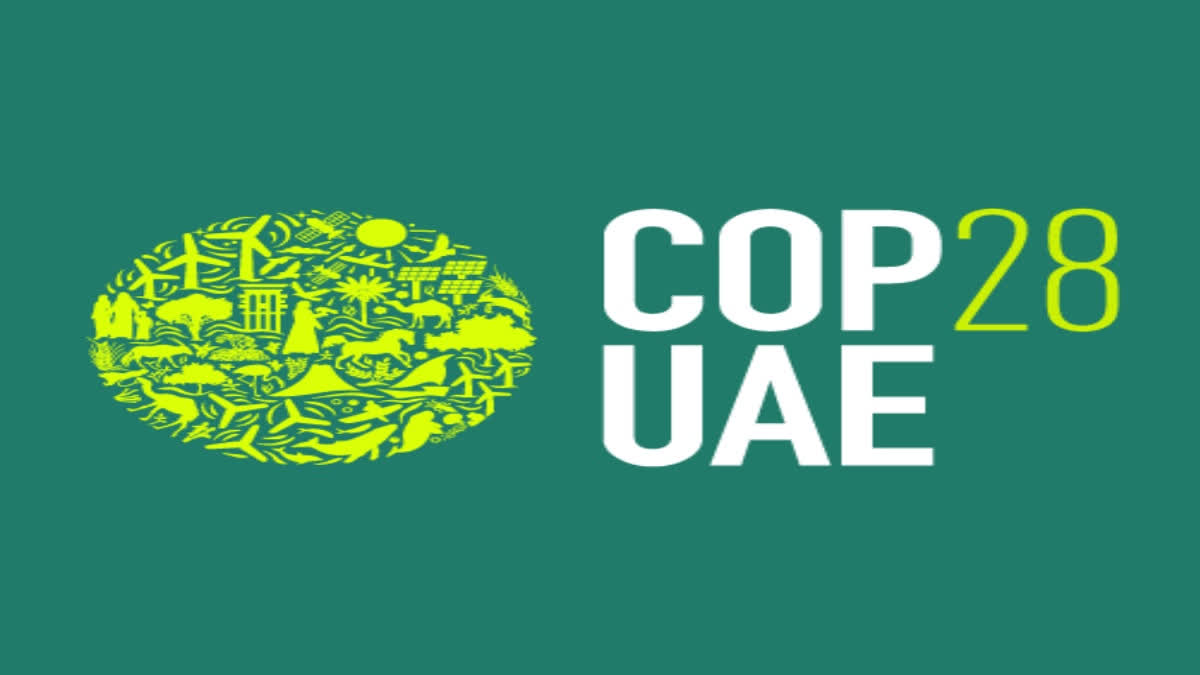New Delhi: With world leaders and climate activists set to converge in Dubai in the United Arab Emirates (UAE) on November 30 for COP28 (28th Conference of the Parties of the United Nations Framework Convention on Climate Change) to discuss climate change mitigation, it is important look at how the earth’s crust plays a crucial role for sustainability of life.
The earth’s crust plays a crucial role in shaping surface habitability through processes like outgassing and the recycling of volatiles. It is the outermost shell of the earth, and it is divided into several tectonic plates that float on the semi-fluid asthenosphere beneath them. The earth’s crust influences habitability in two key ways – outgassing and recycling of volatiles.
Volcanic activity is a part of the outgassing phenomenon. The earth’s crust is dynamic, with tectonic plates constantly moving and interacting. This movement leads to volcanic activity, where molten rock or magma from the earth’s interior can reach the surface through volcanic eruptions. During these eruptions, gases and volatiles, such as water vapour, carbon dioxide, nitrogen, and sulphur compounds, are released into the atmosphere. This outgassing is critical for the development and maintenance of the earth's atmosphere.
“The earth has a unique atmosphere formed mainly due to the degassing or outgassing during the initial hot conditions from the volcanoes,” B Sreenivas, Senior Principal Scientist in the National Geophysical Research Institute, explained to ETV Bharat. “These volatiles are mainly hydrogen sulphide, methane, and carbon dioxide. The noble or inert gases such as helium, argon, neon, xenon and krypton also accumulated in the atmosphere in trace amounts. The volatile accumulation and recycling played a crucial role in shaping the surface of the planet.”
The outgassing of volatiles contributes to the composition of the earth's atmosphere. For example, water vapour released from volcanic activity can condense and form clouds, leading to precipitation and the development of liquid water on the surface - a key ingredient for life.
The earth’s crust is also involved in the process of plate tectonics. Tectonic plates move, collide, and subduct beneath each other. Subduction zones are regions where one tectonic plate is forced beneath another into the earth’s mantle. This process plays a crucial role in the recycling of volatiles.
“Although the manifestations of volatile recycling appear at the surface of the earth prominently, the reasons behind their changes can happen in the deep interior of the Earth,” Sreenivas said. “The plumes, which act as
